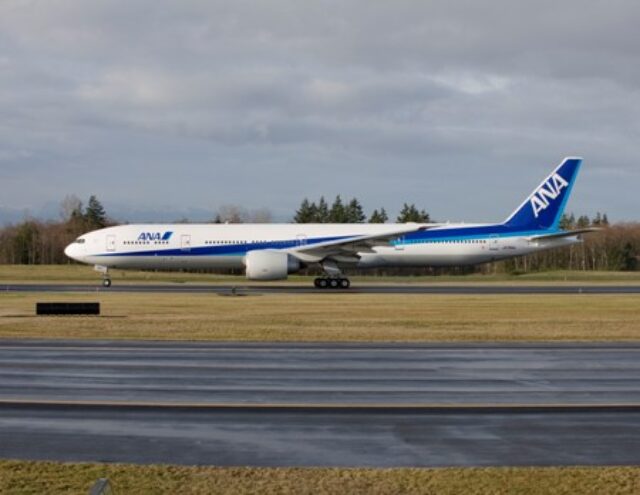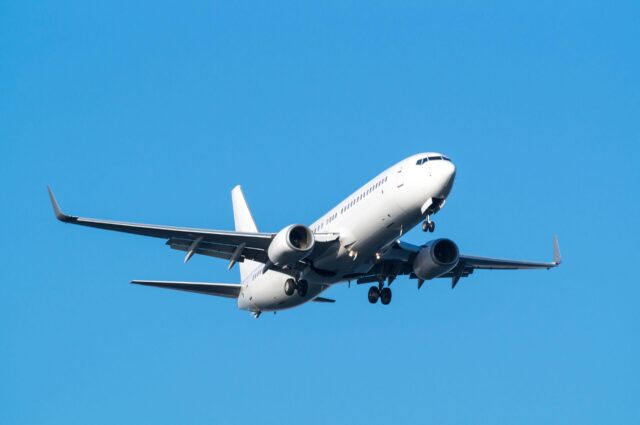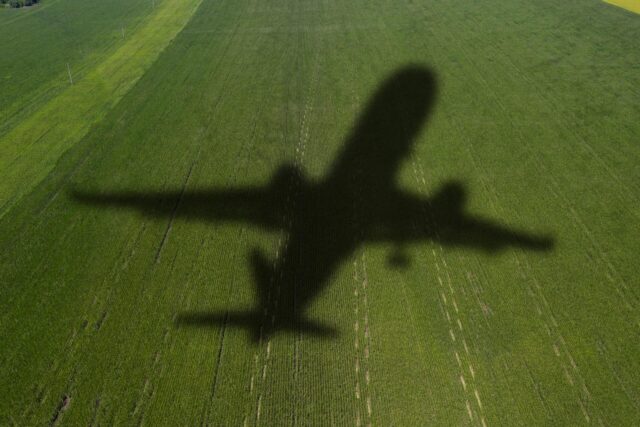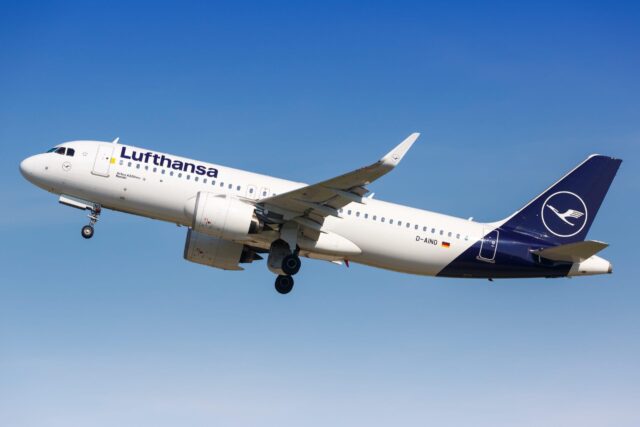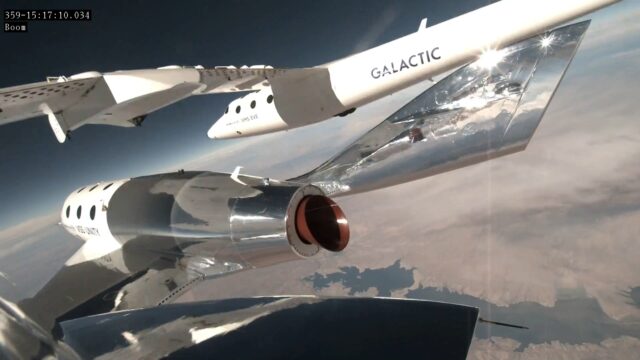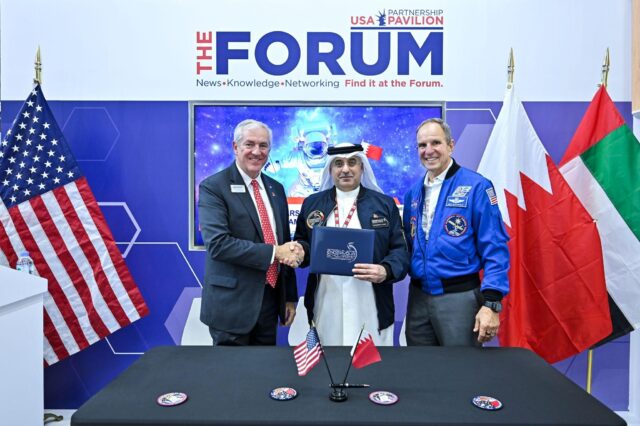FAA reveals first new civil aircraft category since 1940s
October 23, 2024

The Federal Aviation Administration has revealed a new rule concerning the qualifications and training pilots must possess to fly ‘powered lift’ aircraft, paving the way for eVTOL entry into service and marking the regulator’s first completely new category of civil aircraft since helicopters were introduced in the 1940s.
This final clarification builds on the regulator’s ‘Urban Air Mobility Concept of Operations’ which it describes as “an iterative progression of work in the development of the concept that will be continued to mature through ongoing government and industry stakeholder collaboration”.
With powered lift aircraft (possessing characteristics of both fixed-wing aircraft and helicopters) the FAA’s first new category introduced in 80 years, “this historic rule will pave the way for accommodating wide-scale Advanced Air Mobility operations in the future,” explained FAA administrator Mike Whitaker. “This final rule provides the necessary framework to allow powered lift aircraft to safely operate in our airspace”.
Although there are currently no type-certified powered-lift aircraft in civil operation, the FAA anticipates these will “conduct an array of different operations,” including “transporting passengers in concentrated urban environments”.
In a lengthy document, the FAA explained that although class ratings will not be established within the powered-lift category, manufacturer-trained pilots (forming part of initial aircraft certification campaigns) will likely form the initial cadre of instructors who will subsequently train others. Concessions for meeting pilot-in-command flight time and cross-country flight time will also be made for pilot to obtain a commercial pilot certificate through part 135 training programmes (albeit mostly available singly to those already possessing a commercial license and an existing instrument rating).
Much of the licensing and training proposals appear to have been set out following lengthy consultation and lobbying from the industry. Contrary to its earlier proposal (in which the FAA stated it was retaining the powered-lift category, something requiring a dual set of controls), the regulator is now “adopting several pathways to enable the use of a powered-lift without dual controls” – including a ‘throwover control’ or the exclusive use of an approved simulator, culminating in a solo flight at a single set of flight controls.
Instead of exclusively adopting VFR visibility requirements for aeroplanes, the new category now states that helicopter minimums are applicable if the powered-lift craft is operated in vertical mode (and at an appropriate speed) – with fixed-wing minima applying if either of these cannot be met.
eVTOL manufacturer Archer welcomed what it termed the FAA’s “continued partnership and proactive approach to advancing the eVTOL industry” through the release of the final powered-lift SFAR. “This comes ahead of schedule, incorporates key feedback from the industry and is yet another foundational element towards our goal of the US leading the way in commercialising UAM,” stated Archer. “We’ll continue to formulate our operational plans to align to this final rule”.






